Thinking about K-Beauty for your business? Get guidance → Book a consultancy session
Menu
Thinking about K-Beauty for your business? Get guidance → Book a consultancy session
Products
Why Korean Sunscreens Can’t Be Sold In Australia
February 07, 2025
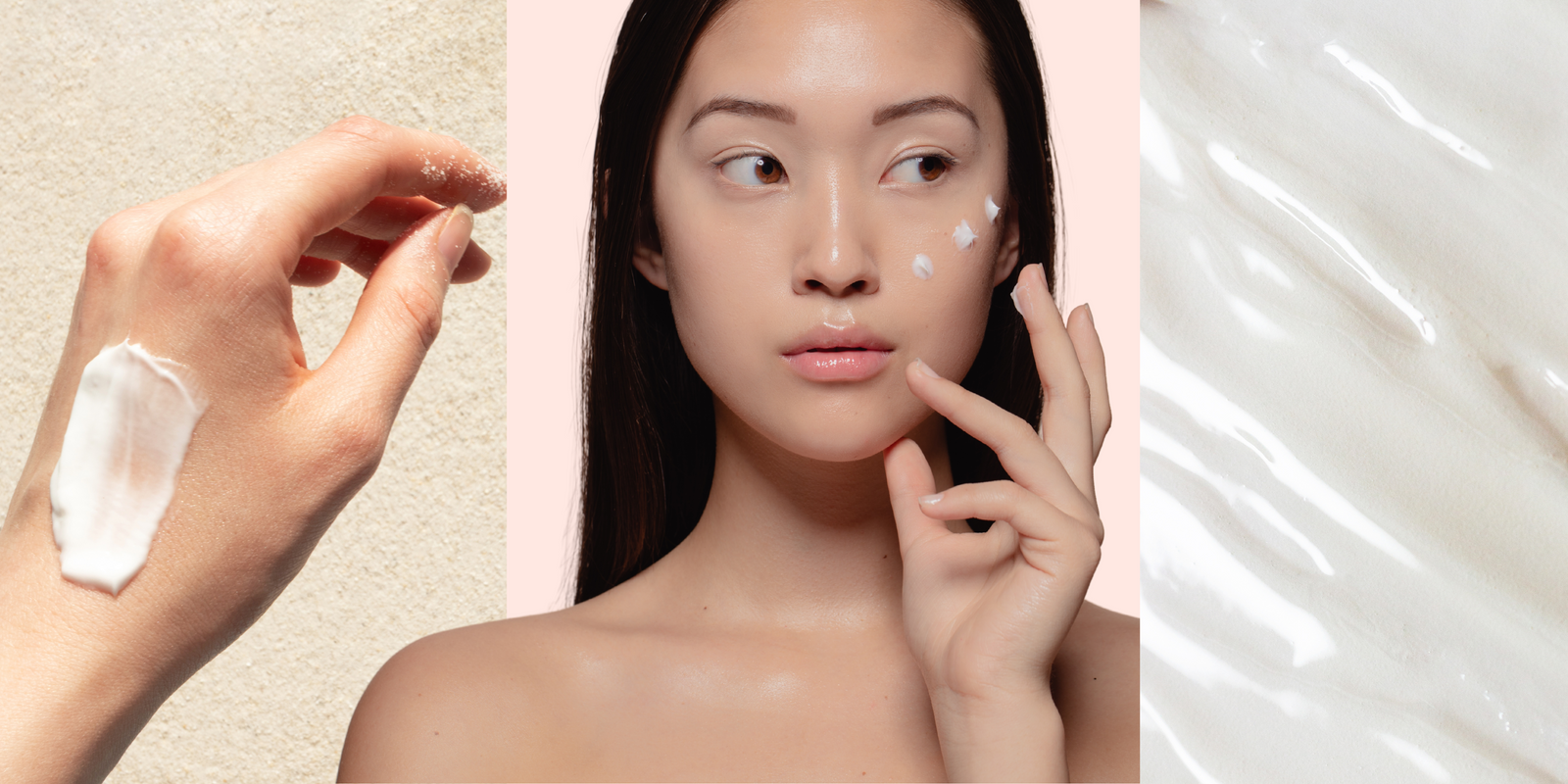
Why Korean Sunscreens Can’t Be Sold In Australia
Written by Australian lawyer & former Foreign Legal Consultant in Korea, Lauren Lee
Every few months, confusion spreads online about why Korean and other Asian sunscreens can’t be sold in Australia. Some people claim there is a cosmetic sunscreen loophole or that smaller stores can sell them if they avoid SPF claims. As an Australian lawyer, I want to clarify: there is no loophole.
In Australia, any product that is primarily intended to protect the skin from UV radiation is a therapeutic good, not a cosmetic. It must comply with the TGA and be listed on the ARTG before sale.
Below, we unpack what the cosmetic exclusion really covers, why the viral Korean sunscreens you've heard so much about do not fit it, and why reputable Australian retailers do not stock them.
Why Korean Sunscreens
Korean sunscreens are loved for elegant textures, modern filters and weightless finishes under makeup. They are common in the United States (albeit with modified formulas to comply with FDA regulations) and Europe, but are largely absent from legitimate Australian retail.
You may see them at smaller stores or online marketplaces. That visibility does not mean they are legally approved for supply in Australia. In fact, in September 2025, the TGA required a large local retailer to remove non compliant imported sunscreens. The difference comes down to how Australia defines and regulates sunscreen.
What Is Sunscreen?
Sunscreens protect the skin by absorbing or reflecting UV radiation. Australia has one of the highest UV exposures in the world, so sunscreens are regulated as a public health matter. Products that claim UV protection must be safe and effective. The TGA regulates supply, marketing, formulation, testing and manufacture.
How Sunscreens Are Regulated
The Therapeutic Goods Administration regulates therapeutic goods, which include sunscreens. A product that is primarily used to protect from UV radiation and has SPF 4 or more is a sunscreen. This can include moisturisers with SPF 15 or more.
Some cosmetics can be excluded under the Excluded Goods Determination. For example, a tinted foundation up to SPF 50 plus or a moisturiser at SPF 15 or less can be excluded if UV protection is incidental and the product is not promoted as a sunscreen. If the primary purpose is UV protection however, the product is a therapeutic sunscreen and must be on the ARTG before sale.
The "Cosmetic Sunscreen" Myth
The idea that Korean sunscreens can be sold as cosmetics in Australia is incorrect. The cosmetic exclusion is narrow and applies only when all of the following conditions are met:
- The main purpose is cosmetic, not UV protection;
- SPF is 15 or less;
- The product is not promoted or presented as a sunscreen or as preventing sunburn;
- Only approved cosmetic grade UV filters are used.
All of the popular Korean sunscreens trending on social media are primary sunscreens. They all make SPF or PA claims over SPF 15. This means they are therapeutic goods and cannot be supplied unless they pass assessment and appear on the ARTG. There is no cosmetic workaround.
Sunscreen Testing in Australia
Australia sets a high bar. Sunscreens must:
- Be made in a TGA licensed facility or one with TGA recognised GMP clearance.
- Use only permitted UV filters listed in the Therapeutic Goods (Permissible Ingredients) Determination 2025.
- Pass SPF, stability and water resistance testing to AS/NZS 2604:2021.
- Meet broad spectrum rules. UVA protection must be at least one third of the labelled SPF.
To claim SPF 50 plus, a sunscreen must test at least SPF 60 under Australian methods. Korea uses the PA system for UVA which does not require the one third UVA to SPF ratio. The systems are not directly comparable.
Why Korean Sunscreens Are Not Approved Here
There are no Korean sunscreen brands currently listed on the ARTG. Registration can take years and requires substantial investment. It also requires Australian standard testing and use of TGA permitted filters. Many Korean formulas rely on filters that Australia has not yet permitted, so they would need reformulation and fresh testing. The same is true for many European sunscreens which is why local availability often lags.
Approved UV Filters in Australia
Australia permits about thirty sunscreen actives under the current Permissible Ingredients Determination 2025. Common examples include:
Bemotrizinol (Tinosorb S), Diethylamino Hydroxybenzoyl Hexyl Benzoate (Uvinul A Plus), Butyl Methoxy Dibenzoylmethane (Avobenzone), Octocrylene, Ethylhexyl Triazone, Titanium Dioxide, Zinc Oxide, Homosalate, Oxybenzone, Phenylbenzimidazole Sulfonic Acid, Tris Biphenyl Triazine.
Australia now permits several new generation filters such as Uvinul A Plus and Tinosorb S. Others used widely in Korea and Europe remain unapproved or under review. Even when an active is permitted, each product still requires testing, stability data and inclusion on the ARTG before it can be sold.
Korean Testing and Everyday Use
Korean sunscreens are optimised for comfort and daily city wear. They prioritise elegant texture over heavy water resistance. This aligns with local habits such as sun umbrellas, hats, gloves and masks. Australia’s outdoor lifestyle and higher UV index require robust, verified performance during swimming, sweat and long exposure which raises the regulatory bar here.
Why You Do Not See Korean Sunscreens at Major Australian Retailers
If a cosmetic exemption made sale possible, major retailers would stock Korean sunscreens since many already carry Korean skincare. They do not, because they cannot. Supplying or advertising an unapproved therapeutic good breaches the Therapeutic Goods Act 1989 and can lead to penalties.
Our Advice
Use TGA approved sunscreens for daily protection in Australia. Brands that complete the process are tested, monitored and accountable. When issues arise, the TGA and CHOICE Australia act quickly which improves safety for everyone.
For more on the 2020 to 2021 Korean sunscreen scandal that involved Purito, Klairs, COSRX and others, listen to The Korean Beauty Show Podcast, Episode 54 where I break down what happened.
Looking for Aussie Approved Sunscreens
Browse our curated collection or grab the community recommended guide.
STYLE STORY - Your Go To for K Beauty Since 2014
Shop Now
"Sunscreen is the number one anti-aging product you can use"
- Dr Davin Lim
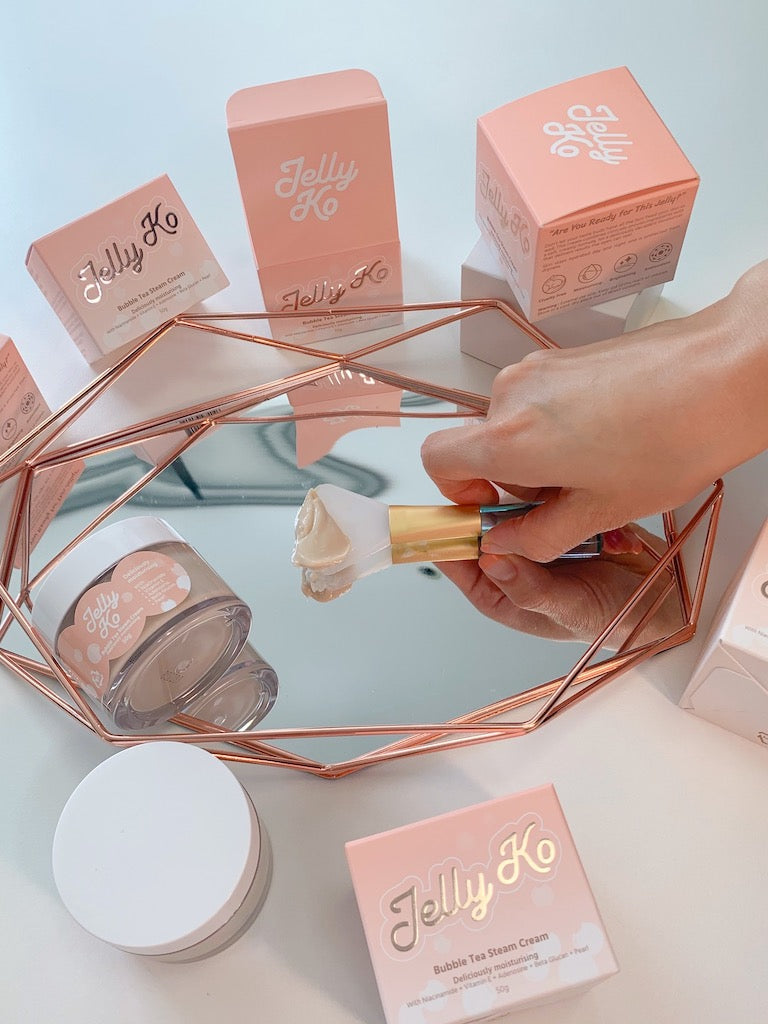
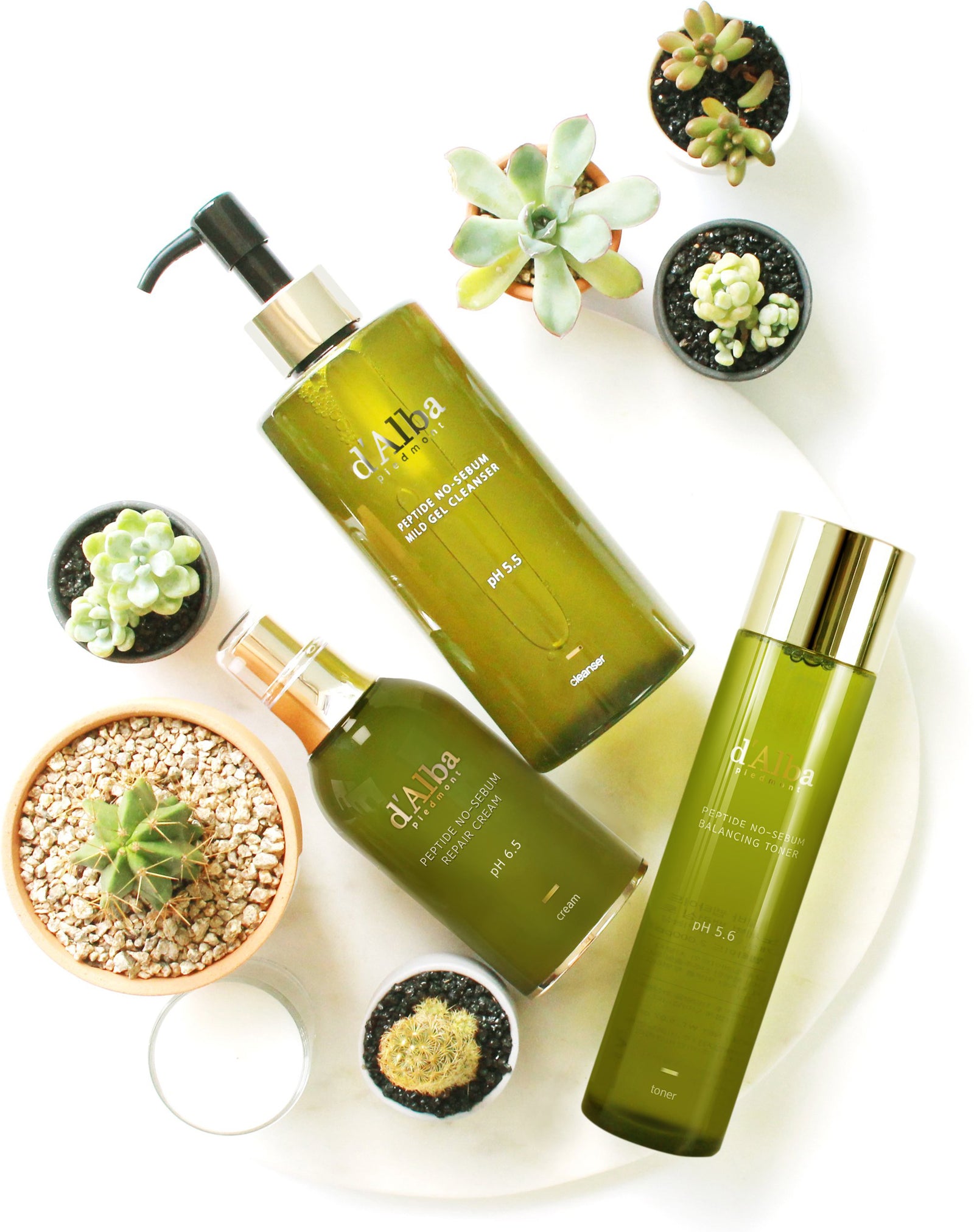
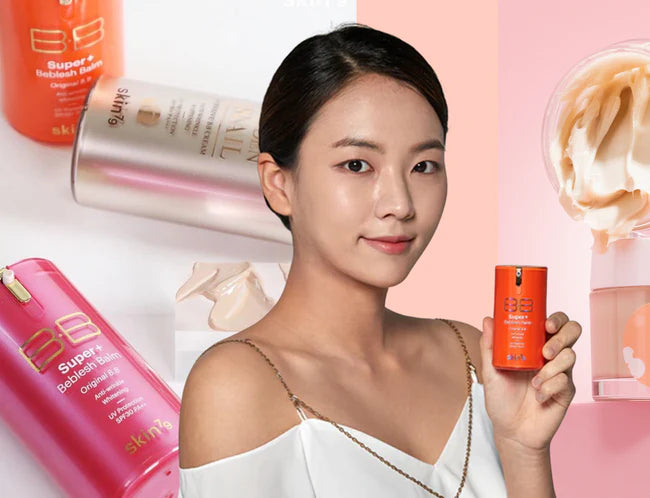
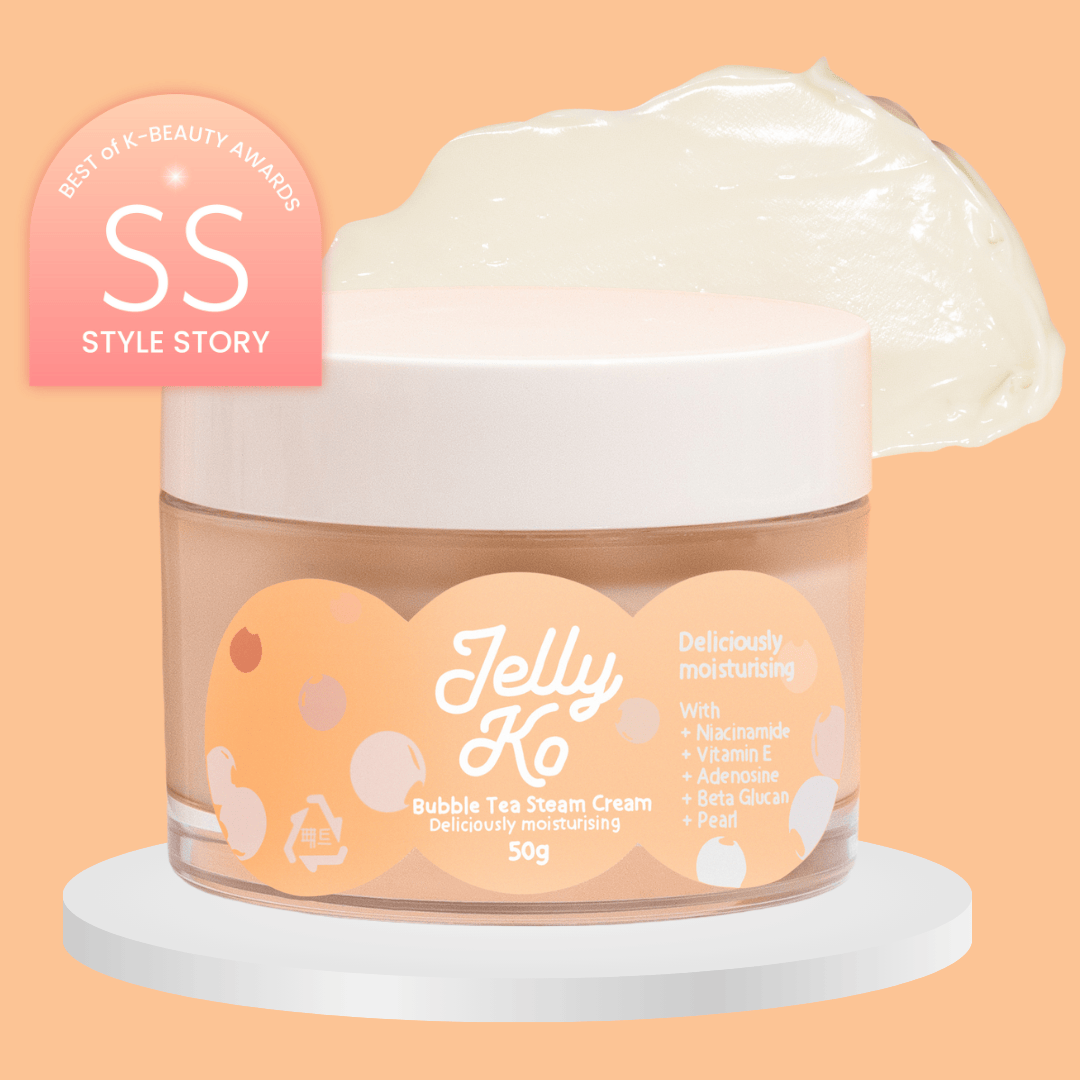
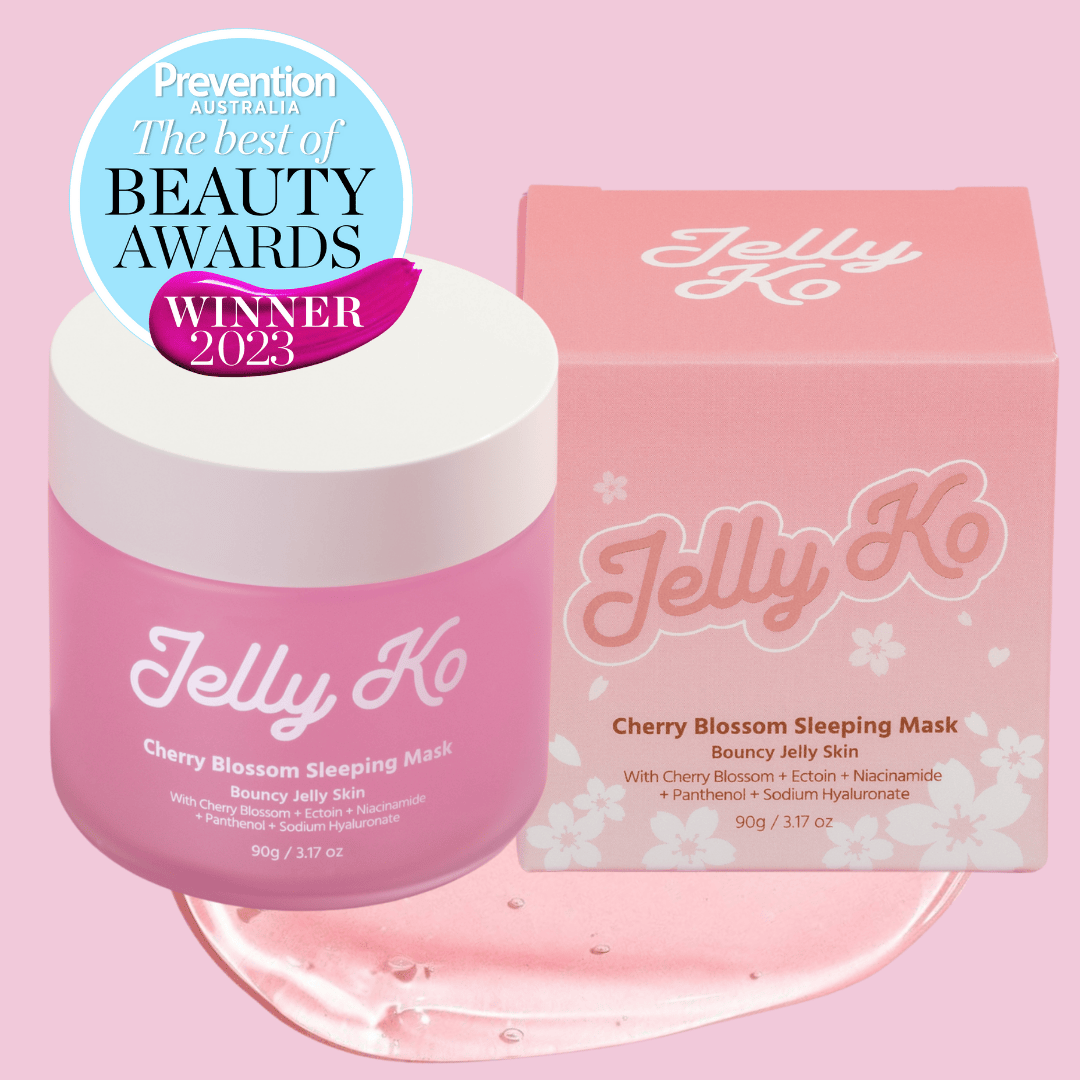
Leave a comment
Comments will be approved before showing up.